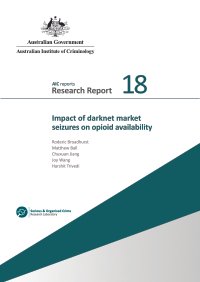By Brian D. Graves and Michael Fendrich
Introduction: For adults involved with the criminal justice system who are reentering their communities post-incarceration, there is a large need for community-based substance use treatment. Little is known, however, about the types, availability, and benefits of programs targeting the reentry population in community settings that operate independently from the criminal justice system. Methods: We conducted a scoping review of community-based treatment programs for substance use among reentering justice-involved adults to examine the contemporary state of literature and identify research gaps. We searched four databases for peer-reviewed articles conducted in the United States and published between 2017 and 2021. Results: The final sample included 58 articles. Interventions varied, but the two most prominent were medications for opioid use disorder (35%) and peer support or social support interventions (22.4%). Studies were more likely to show positive impact on substance use outcomes than criminal justice outcomes. Themes were identified around participant characteristics, treatment delivery, and treatment benefits. Conclusions: Findings from this scoping review suggest that the range of evidence-based strategies for substance use treatment targeting the reentry population is growing, but there is a need for additional research that examines implementation, cost effectiveness, and racial/ethnic disparities.
Drug and Alcohol Dependence Reports, 2024. 14p.








